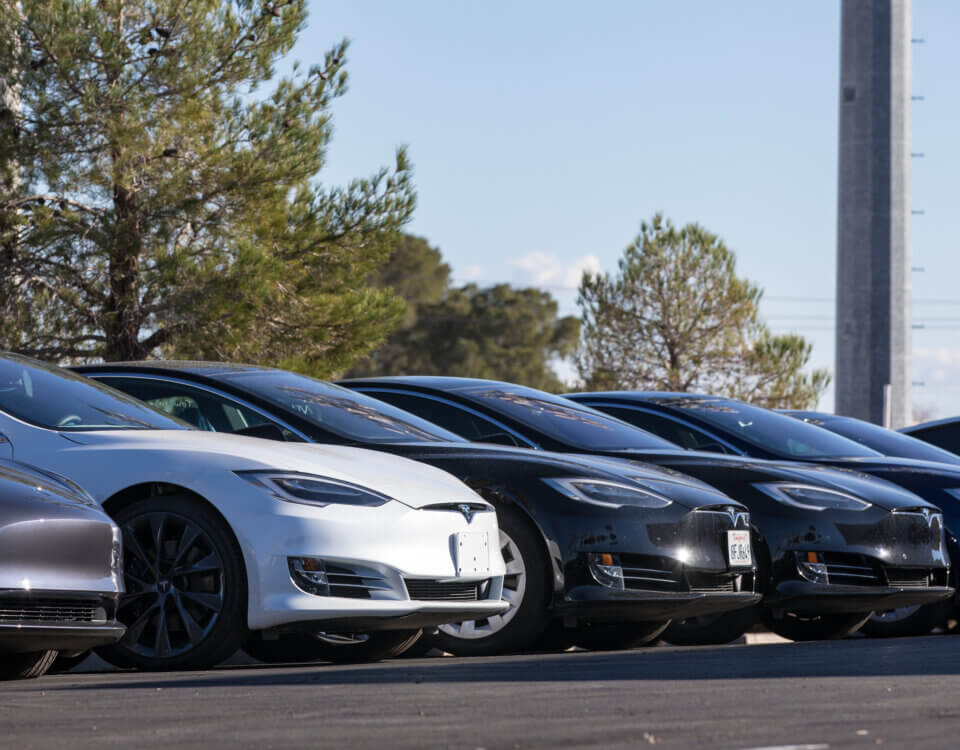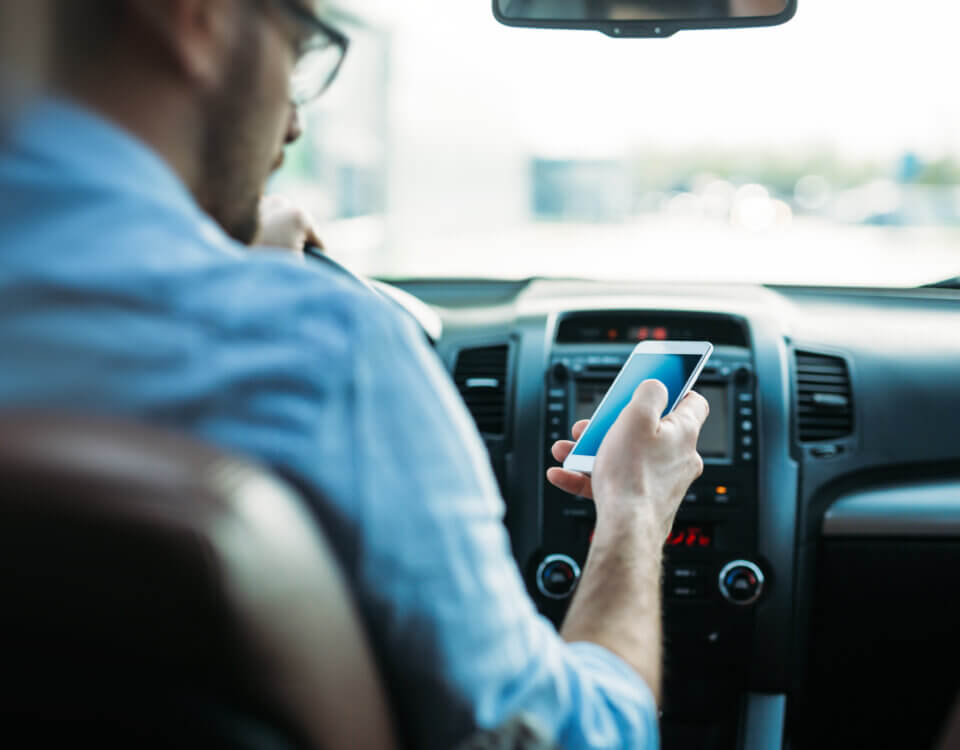Many drivers assume that using a cell phone at a red light is harmless. After all, the vehicle isn’t moving. But in California, the law makes it clear that holding your phone while behind the wheel is not allowed—even if you are stopped in traffic or waiting at a light.
What the Law Says
California prohibits drivers from holding a phone for any reason while operating a vehicle. This rule applies whether you are driving, stopped at a red light, or sitting in traffic. Simply picking up your phone to check a message, scroll, or look at a map can lead to a citation.
The only legal way to use your device is through a hands-free setup. Phones may be mounted on the dashboard or windshield, and drivers may use voice commands or a single tap or swipe to activate features. Any other interaction is prohibited.
Why Following the Law Matters
Distracted driving remains one of the top causes of traffic accidents in California. Even a quick glance at your phone can take your focus away from the road long enough to cause a serious collision. Courts in California have made it clear that handling a phone in any way while operating a vehicle—even for navigation—is considered unsafe and unlawful.
What Drivers Should Remember
- Holding a phone at a red light is not legal in California
- Voice control and single taps on a mounted device are allowed under specific conditions
- Safe driving requires full attention, even when your car is stopped at an intersection
Final Thoughts
Using your phone at a red light may feel convenient, but it can still result in fines and legal trouble. More importantly, it puts you and others on the road at risk. Staying hands-free ensures compliance with the law and helps keep everyone safer.
At Hillstone Law, we understand how quickly distracted driving can lead to serious accidents. If you have been injured in a crash involving a driver who was on their phone, our team is here to help you protect your rights and pursue the compensation you deserve.
Note: These blog posts are created solely for the use of Hillstone Law. The information is gathered from internet research, publicly available sources, and artificial intelligence (AI) tools such as ChatGPT. While we aim to share helpful and educational content, Hillstone Law does not independently verify every detail. Some information may be incomplete, outdated, or subject to change without notice. If you believe any part of a post is inaccurate, misleading, or infringes upon copyright, please contact Hillstone Law immediately so we can review it and take appropriate action, including correction or removal.
Disclaimer: The material provided in these blogs is for general informational purposes only and should not be considered legal advice. Reading these posts does not create, and is not intended to create, an attorney-client relationship with Hillstone Law. Our intent is to share knowledge, raise awareness, and provide helpful resources to the public; however, Hillstone Law makes no warranties or guarantees about the accuracy, completeness, or reliability of the information provided, and expressly disclaims liability for any actions taken in reliance on it. The photos used in these posts are for illustrative purposes only and do not depict actual clients, individuals, or incidents unless expressly stated. If you or a loved one has been injured in an accident, please contact Hillstone Law at (855) 691-1691. Our attorneys are available to answer your legal questions and help you understand your rights.







